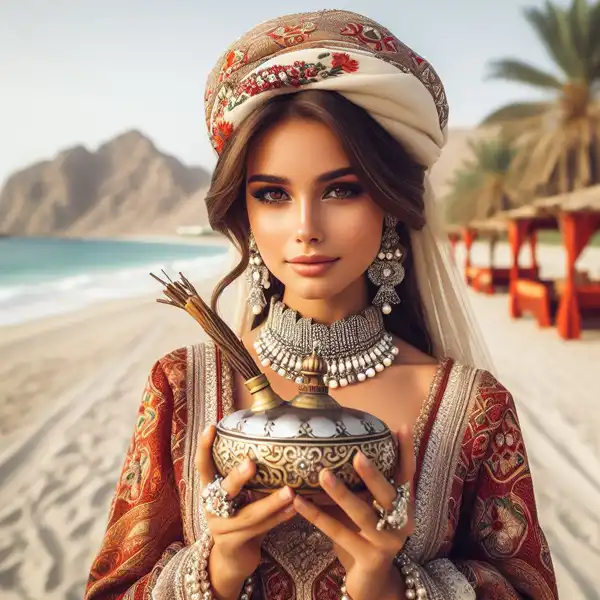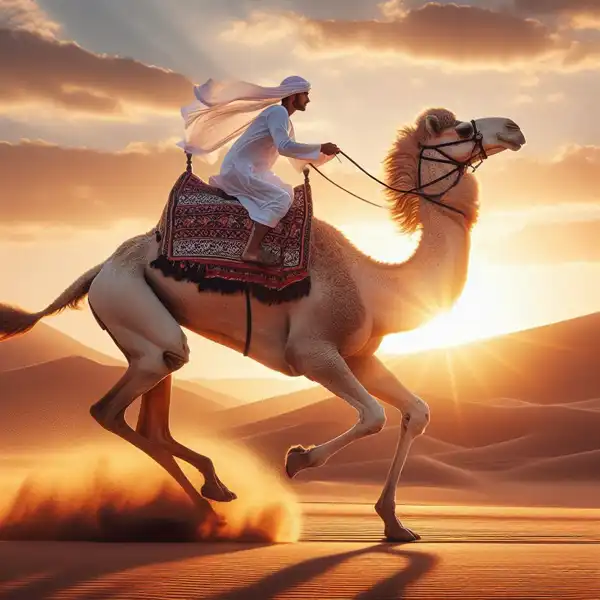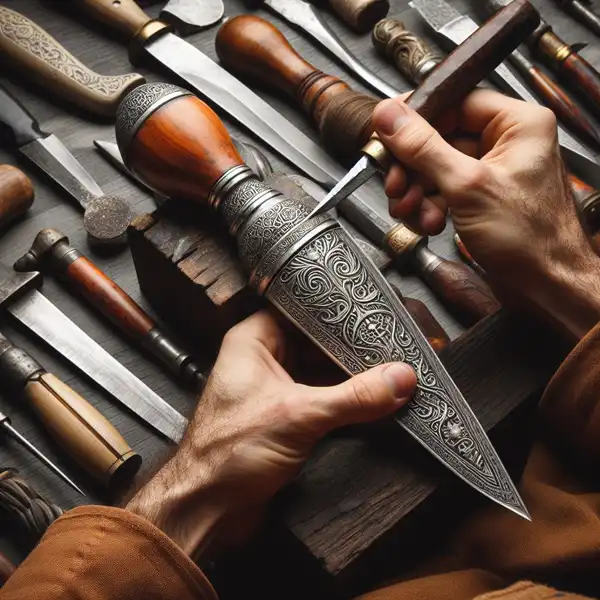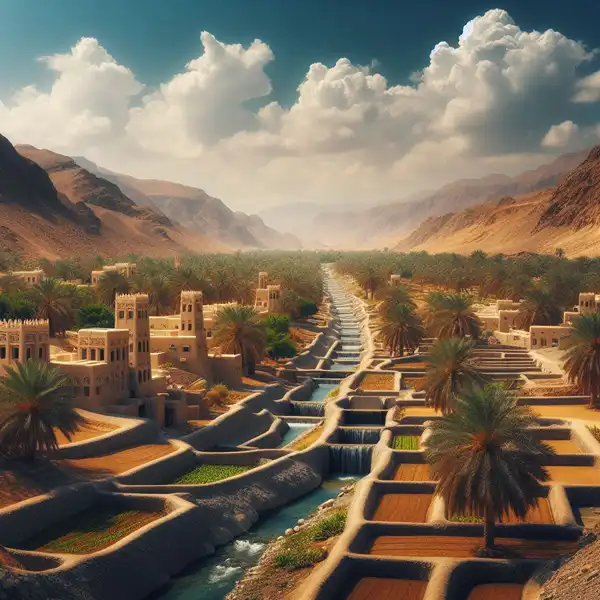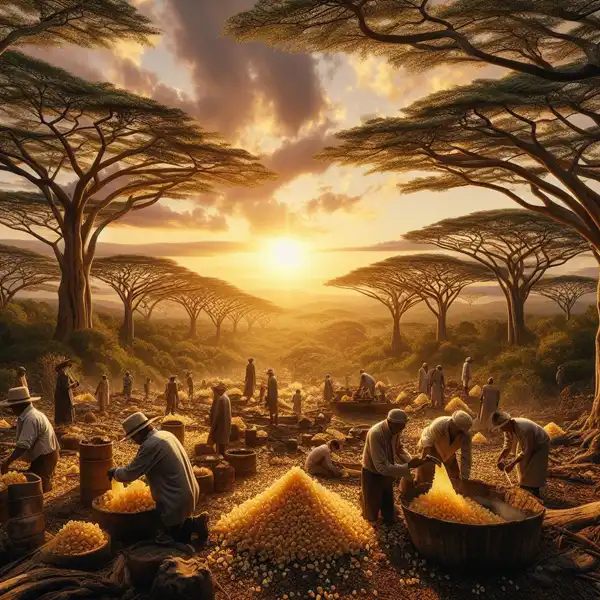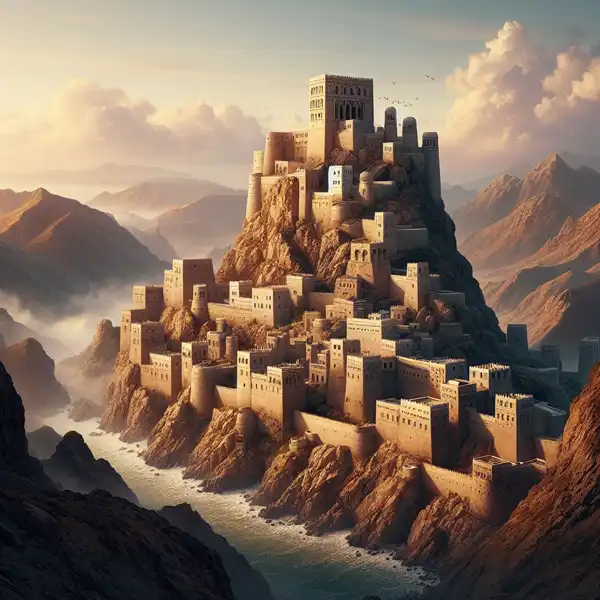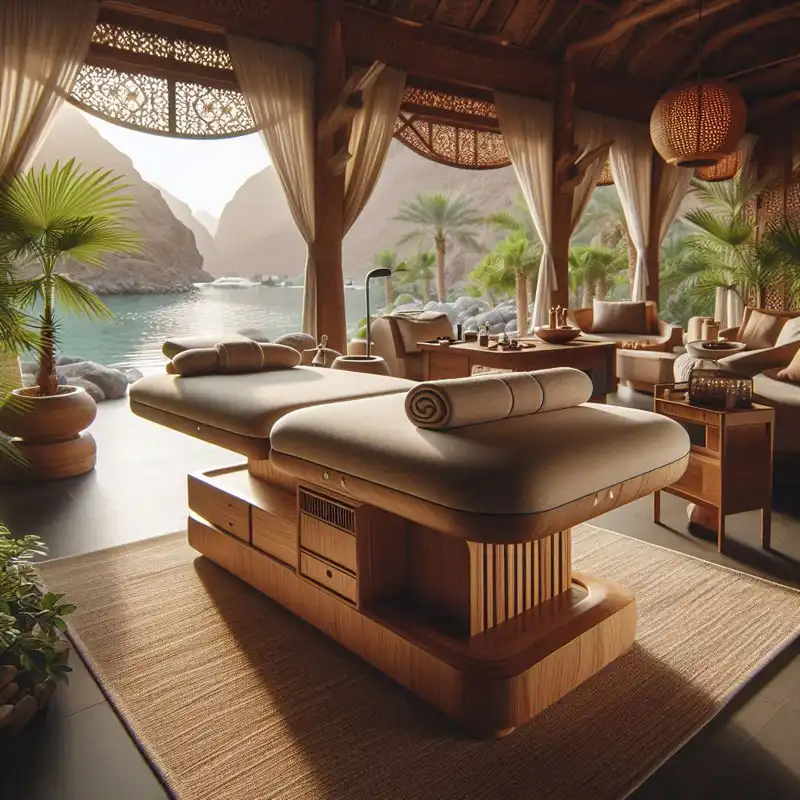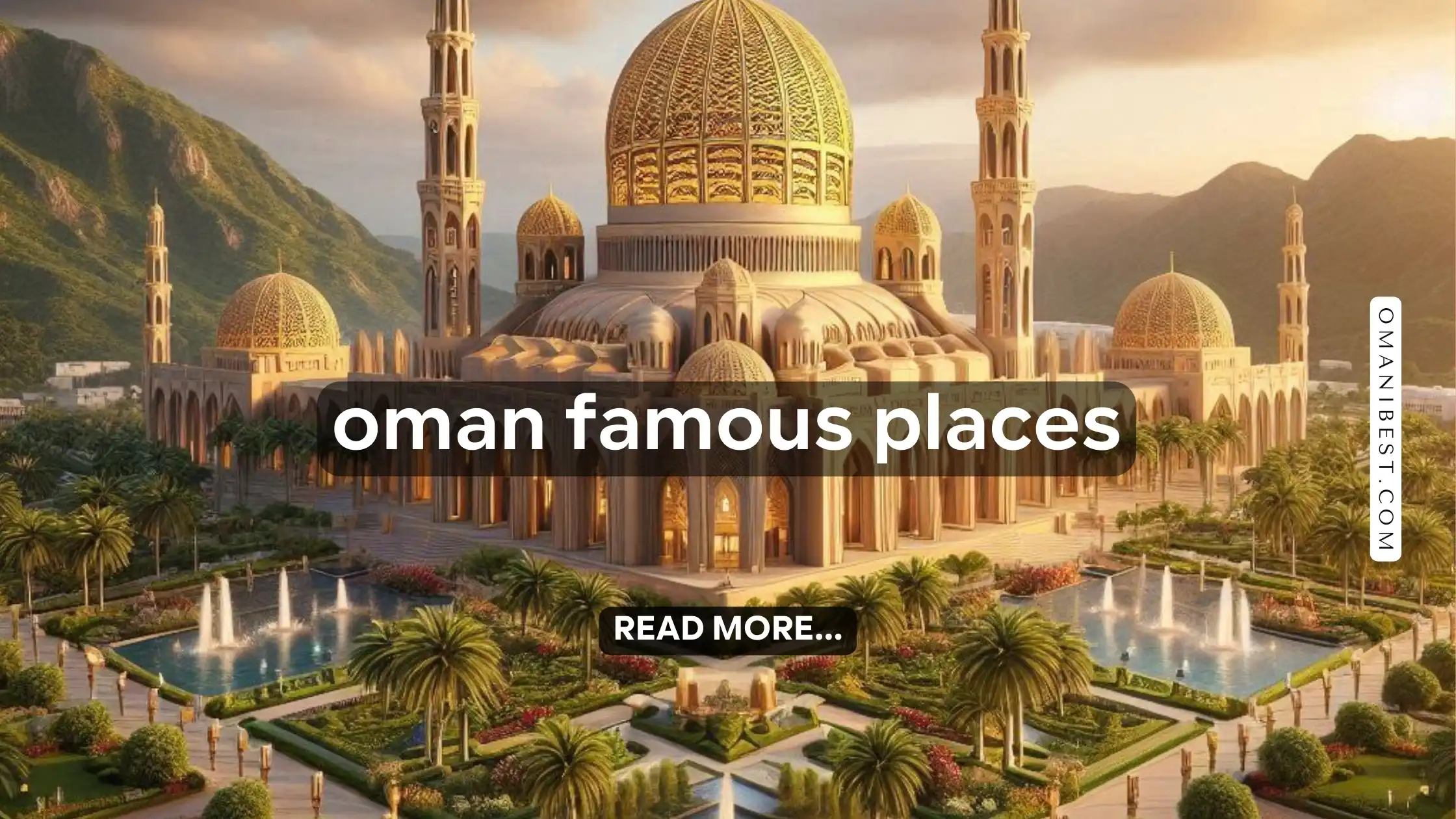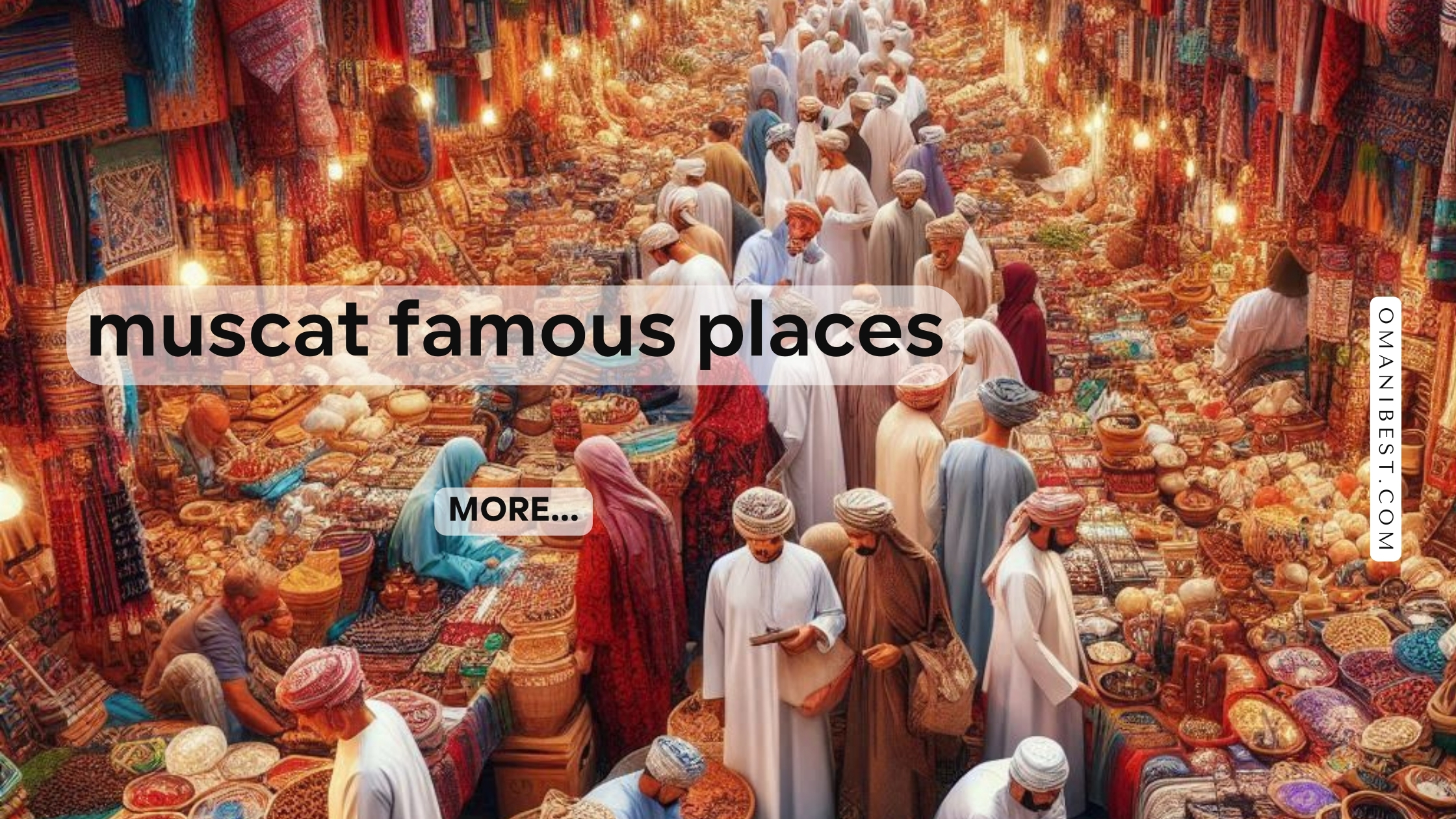It is a fact that Omani traditions and lifestyle are a rich reflection of history and rooted culture. These practices reflect Oman’s rich identity, from traditional dress and warm hospitality to lively festivals and handicrafts. In this article, we delve into the most iconic traditions that define this remarkable nation.
Best Traditions of Oman
The culture of Oman has been inherited for centuries and still retained the original traditions. Oman’s customs provide an insight into the history and values that make up the national identity, from its ancient irrigation systems to traditional handicrafts. Oman carefully protects its cultural traditions, but is revising them for 21st century expectations. That keeps the traditional practices alive while also encouraging modern improvements is making sure that a valuable heritage will flourish in Oman. Oman’s singular pursuit to protect yet evolve its cultural practices and customs also illustrates how national identity evolves and deepens over generations. Here is a highlight on five of the most famous Omani traditions.
1. Asayel Camel Racing
Asayel camel racing is among the most beloved Omani traditions and a tremendously prevalent sport in the country. It is a fast-paced sport of racing camels ridden by robot jockeys along a length of track of approximately 6-10 kilometers. Camels compete in races that are segregated by age and sex. Asayel races run mostly between October and April, and thousands of spectators flock to watch thrilling races at camel racetracks. Camel racing is a centuries-old part of Bedouin culture, but small robot jockeys began to be used from the 2000s onwards to replace child jockeys.
Camel racing is part of Omani heritage as well as a vital part of national identity. Spectators zealously follow races and cheer for particular camels and owners. The towering creatures are well cared and trained for. Winning camels can be worth millions and garner huge prestige. Aside from the Omani heritage of artisans showcasing handicrafts, folk performances, and traditional food, Asayel festivals revolve around the best of Omani culture. The Oman Camel Racing Federation has also put strict rules and regulations in place over the last few years to ensure races are conducted fairly and to safety standards. Asayel camel racing continues to forge an important tradition that unites Omanis in all sectors of life.
2. Khanjar Dagger Crafting
One of the most iconic Omani traditions associated with cultural identity and exquisite artisanship is Khanjar (dagger) crafting. A khanjar is a curved traditional dagger worn by men as staple garment accessories and a symbol of manhood. For centuries, this artisanal craft has been handed down from generation to generation of Omani blacksmiths, who have been hand-making these daggers. The shi is designed for fast stabbing movements, and the embellishments have great significance. Its handle is usually made of rhino horn, camel bone, or precious wood carved with symbols such as the national emblem.
The sheath features lavish silver designs and is sometimes studded with jewels. The finest khanjars must be made with the utmost care and precision at every stage of the process and Oman prides itself in making them. Young Omanis are vigorously learning the craft to keep the custom alive. Authentic khanjars are worth thousands of dollars, and they are presented as gifts on special occasions such as weddings. Omani khanjar daggers have caught the attention of people all around the world for their beauty, artistry, and their long-standing and storied association with both the country’s identity and reputation for artisanship. They embody an essential aspect of Omani heritage that is still protected and refined by skilled artisans. You can find the best Khanjar Dagger in the best malls of Oman.
3. Falaj Irrigation System
The ancient Falaj irrigation system is an engineering marvel and one of OMAN’s most significant traditions. For thousands of years, Omanis have used this network of water channels to bring life to farms and villages in the dry conditions. The specific design of it funnels mountain runoff through gravity-fed tunnels and directs the water to where it will be used in agriculture. Falaj systems also require complex hydrogeological knowledge to create long-reaching underground paths to tap into water sources.
The task of maintaining the channels is a collective task and managed by villages using the same system. Of course, Indigenous people are not left out of the conversation. UNESCO inscribed the Falaj as an iconic living heritage of Oman that demonstrates sustainable use of water. Generations have depended on these irrigation systems chiseled through the landscape with an exquisite understanding of hydrology and engineering. The ingenuity of Falaj showcases the Omani relationship to the land and effective scientific process. As dependence on technology grows, the thousand-year-old irrigation network is a beacon of Oman’s age-old water management techniques and community ethos. Even after modernization, the falaj are critical to agricultural productivity in Oman.
4. Frankincense Production
The production of frankincense is an ancient Omani tradition, and continues to be an important part of the country’s cultural heritage and economy. For millennia, farmers in Oman have harvested fragrant resin from the boswellia sacra tree, which thrives in regions of the area called Dhofar. It used to be collected from the trees by cutting the bark, causing the sap to ooze out and dry. Omani families commonly have family trees which have been passed down from generation to generation. The tradition requires deep knowledge about weather cycles, soil conditions, and tree growth patterns.
Frankincense plays an important role in Omani culture and is used in both religious and social events. Oman was a global trading hub, with mentions in ancient texts finding a global demand from neighboring civilizations. Frankincense is still exported worldwide for use in medicine, cosmetics and spiritual practices. Still, Oman is trying to preserve production methods of frankincense that respect the growth cycles of the Boswellia trees. The country promotes the development of applications and new manufacturing. As Oman commemorates its ancient rituals, it tries to provide more local content in traditional crafts in frankincense. This aromatic resin is still tightly threaded into Oman’s past and its future — as a sustainable, competitive industry that brings a centuries-old Omani tradition to the world.
5. Forts and Castles
This characteristic is palpable in Oman’s iconic imposing forts and castles, which represent the country’s grand architectural traditions and defense heritage. Crowning rocky cliffs, mountain passes and coastlines, these fortifications were also strongholds and homes. Oman has about 500 forts, many build during the 16th century Ya’aruba dynasty that tried to dominate trade routes. Fortifications such as Nizwa, Rustaq and Bahla are famous for their sheer size and stunning locations. Its walls had withstood years of battering. It is designed so that inside it cools naturally.
Many forts were self-sufficient, with fresh water springs, food storage reserves and mosques. Built of mud brick and clay and using mortar mixed with eggs, Oman’s forts show engineering marvels. Restoration work aims to keep their initial splendor using period-appropriate materials and building methods. Oman’s fort-building prowess is on display at Bahla Fort and its neighboring castles, both of which are UNESCO World Heritage sites. These desert citadels enable contemporary visitors to appreciate Oman’s tradition of military architecture and defensive strategies that protected important trade routes. Their resilience against harsh climate speaks to Omani ingenuity and traditions of strategic fortification. Oman revels in its forts, all of which stand as tributes of sorts to the nation’s resilience and resourceful artisans.
In this article, we introduced five of the Omani traditions so that you can get better and more information about Oman and enter there with more information about your trip to Oman.
Stay updated about Oman with Omani Bast

